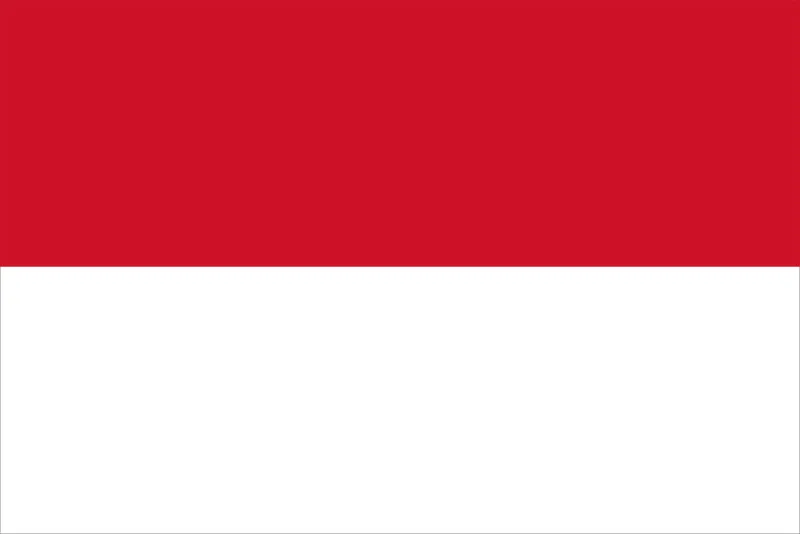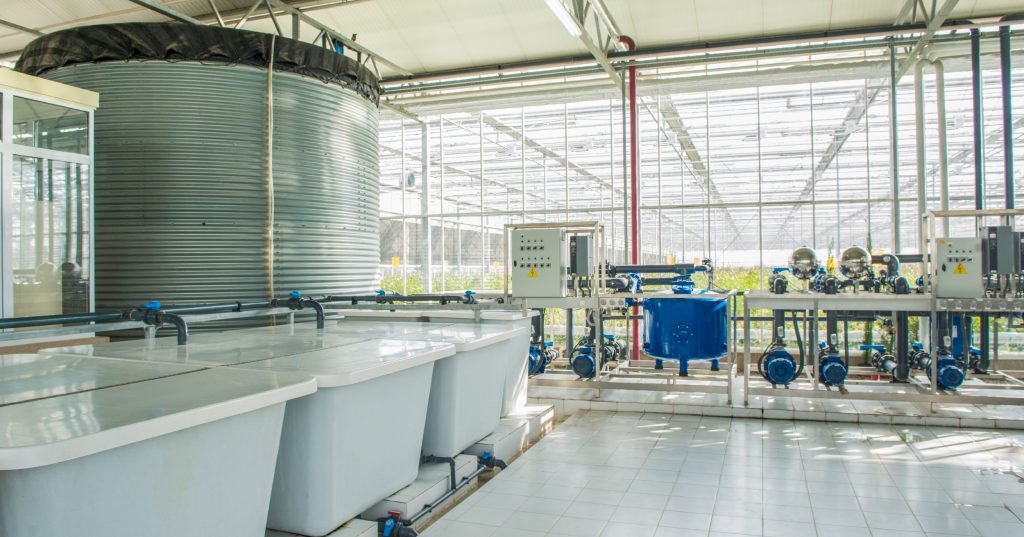Access to clean and potable water is a basic human need and a critical factor for maintaining public health, promoting economic development, and ensuring environmental sustainability. In Indonesia, a country with over 17,000 islands and a rapidly growing population, providing access to safe water remains a significant challenge. Despite abundant water resources, issues such as pollution, infrastructure gaps, and climate change impact water quality and availability.
In this blog, we will explore what potable water is, the difference between potable and non-potable water, and the role of potable water systems in ensuring safe and sustainable water access in Indonesia.
What Is Potable Water?
Potable water refers to water that is safe for human consumption. It is free from harmful contaminants, pathogens, and pollutants, meeting rigorous quality standards set by health authorities. Potable water is essential for drinking, cooking, and hygiene. Ensuring its availability helps prevent waterborne diseases such as cholera, typhoid, and dysentery, which remain prevalent in areas with poor water quality.
In Indonesia, achieving access to potable water is a priority, especially in rural areas and densely populated urban centers where infrastructure is often inadequate.
What Is a Potable Water System?
A potable water system is an integrated infrastructure designed to collect, treat, store, and distribute safe water for human use. It typically includes water sources (such as rivers, lakes, or groundwater), treatment facilities, storage tanks, and distribution networks. These systems ensure that water undergoes rigorous filtration, disinfection, and quality testing before reaching homes, schools, and industries.
In Indonesia, the development and maintenance of potable water systems play a crucial role in improving public health and supporting the nation’s economic growth. Investments in modern water treatment technologies and infrastructure are necessary to meet the growing demand for clean water.
What Is Potable and Non-Potable Water?
Understanding the distinction between potable and non-potable water is essential for effective water management. Potable water is safe for drinking and other human consumption, while non-potable water is unsuitable for such purposes without proper treatment. Non-potable water is often used for industrial processes, irrigation, and cleaning, but it may contain contaminants like chemicals, heavy metals, or microorganisms.
In Indonesia, the separation of potable and non-potable water systems is vital to optimize water resources and reduce the strain on freshwater supplies. By effectively utilizing non-potable water for non-consumptive uses, the demand for treated potable water can be better managed, ensuring its availability for critical applications.
Challenges in Accessing Potable Water in Indonesia
Despite significant progress in recent years, Indonesia faces numerous challenges in ensuring access to potable water for its population:
- Water Pollution: Industrial discharges, agricultural runoff, and untreated sewage contaminate water sources, making it difficult to secure potable water.
- Infrastructure Gaps: Many rural and remote areas lack reliable potable water systems, forcing communities to rely on untreated water sources.
- Climate Change: Changes in rainfall patterns and rising sea levels threaten freshwater availability, increasing the risk of salinity intrusion in coastal areas.
- Rapid Urbanization: Growing urban populations place immense pressure on existing water infrastructure, often leading to shortages and compromised water quality.
- Limited Awareness: Inadequate knowledge about what is potable water and its importance contributes to the continued use of unsafe water sources in some communities.
The Benefits of Access to Potable Water
Ensuring access to potable water has far-reaching benefits for Indonesia’s population, economy, and environment:
- Improved Public Health: Safe drinking water reduces the prevalence of waterborne diseases, improving overall health and productivity.
- Economic Growth: Reliable potable water systems support industries, agriculture, and tourism, contributing to economic development.
- Environmental Protection: Properly managed potable and non-potable water systems minimize water wastage and pollution, preserving ecosystems.
- Social Equity: Expanding access to potable water bridges the gap between urban and rural communities, ensuring equal opportunities for all.
Ion Exchange: Driving Sustainable Water Treatment Solutions
Ion Exchange, a leading company in water treatment solutions, has been instrumental in Indonesia’s quest for water sustainability. The company provides advanced technologies and systems to address the country’s unique water challenges.
-
Reverse Osmosis (RO)
It is a cutting-edge technology used to remove the majority of contaminants from water by applying pressure to force water through a semi-permeable membrane. This membrane allows the passage of water molecules while blocking dissolved salts, organics, bacteria, and pyrogens. The high-pressure pump increases pressure on the salt side, pushing water across the RO membrane and leaving most dissolved salts behind in the reject stream. The treated water typically has 95% to 99% of dissolved salts removed.
-
Ultraviolet (UV) Technology
It offers an effective method for eliminating biological contaminants. These purifiers guard against water-borne viruses, bacteria, and microorganisms such as Giardia and Cryptosporidium. Exposure to UV radiation within the flow chamber purifies harmful microbiological impurities.
-
High Recovery RO (HRR) Technology
The innovative High Recovery RO (HRR) process, featuring the Water Saver Cartridge (WSC), continuously sweeps away salts and kills microbes, allowing operation at high recovery levels. This process achieves up to 70% recovery from a single RO membrane, three times higher than conventional systems, and saves over 80% of water, making it eco-friendly with a high shelf life for treated water.
-
Electrolytic Sanitizing System (ESS) Technology
Conventional UV systems can suffer from slime buildup, bacterial growth, voltage fluctuation, and quartz scaling, leading to poor disinfection. The patented ESS technology by ZeroB ensures complete microbial kill, overcoming these drawbacks and preventing water recontamination.
-
Resin Technology
Ion exchange resins play a crucial role in various separation, purification, and decontamination processes. Ion Exchange manufactures a range of resins, including poly-iodinated and iron-specific resins, which eliminate microbial contaminants and reduce iron levels to safe drinking standards (less than 0.3 ppm).
Conclusion
Access to clean and potable water is a cornerstone of sustainable development in Indonesia. By understanding what potable and non-potable water are, and implementing efficient potable water systems, the nation can ensure the health, prosperity, and well-being of its population.
Investing in modern water infrastructure and promoting community awareness are essential steps in overcoming current challenges and building a future where every Indonesian has access to safe and reliable water.


